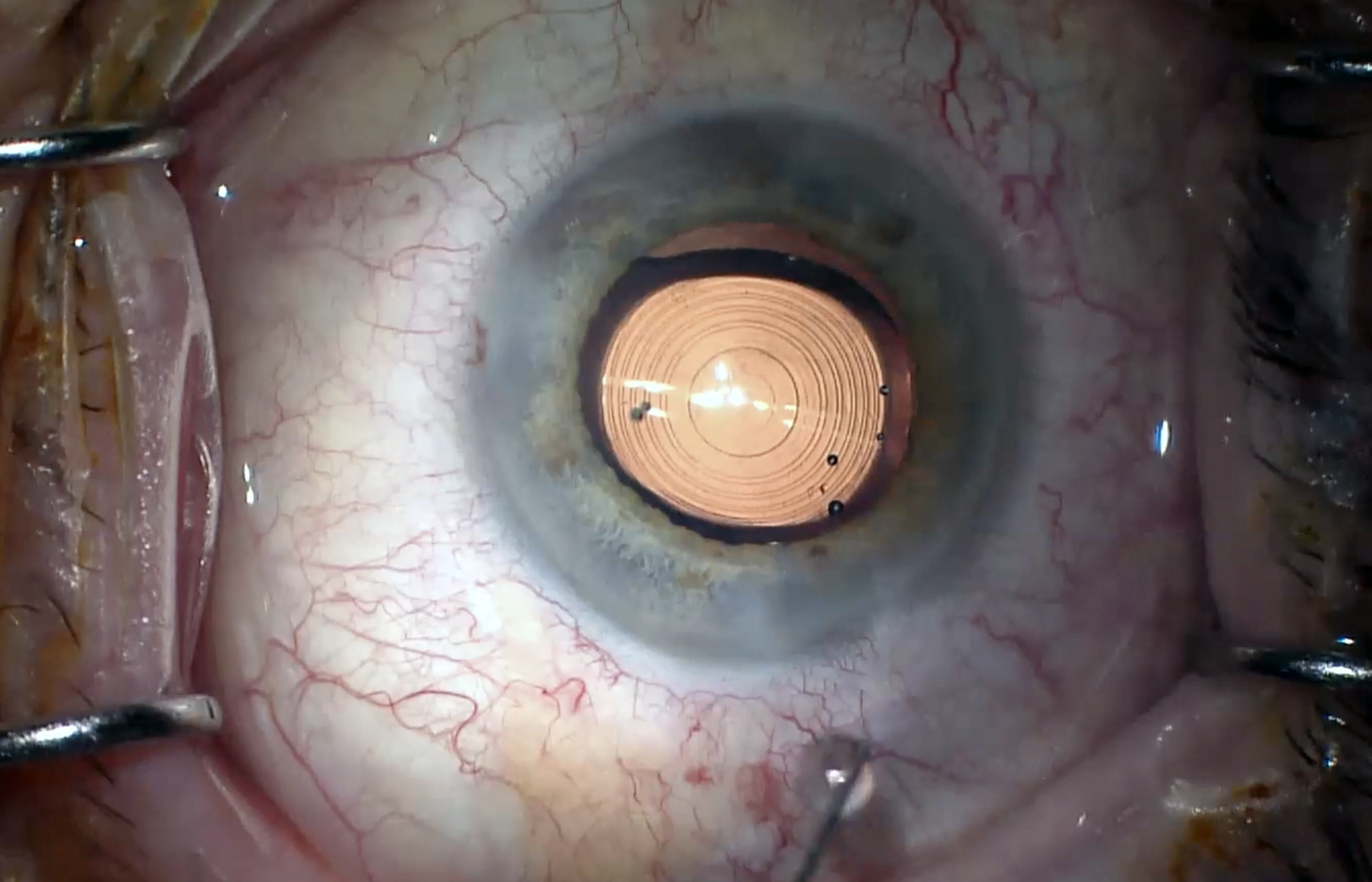 |
| :For clear distance vision, monofocal IOLs still reign supreme but trifocals offer good near vision correction for those patients interested in presbyopia correction. Photo: Ethan Zimmerman, OD. Click image to enlarge. |
Choosing the appropriate intraocular lens (IOL) for a patient isn’t as straightforward as it used to be with the myriad options now available for presbyopia correction. To obtain a “credible evidence-based medical foundation for choosing clinical IOLs,” researchers in China evaluated the safety (optical quality) and efficacy (visual acuity, spectacle independence) of commonly used presbyopia-correcting IOLs today, with an emphasis on intermediate and near visual ranges due to our reliance on digital devices today. The meta-analysis, published recently in BMC Ophthalmology, encompassed 28 randomized controlled trials with 2,465 subjects.
Findings demonstrated that trifocal IOLs confer superior uncorrected near visual acuity vs. monofocals, and that both trifocals and EDOFs offer better uncorrected intermediate visual acuity that monofocals. At various distances, trifocals provided the best spectacle independence. Despite these findings, the researchers noted that the neuroadaptation required for trifocals may be “time-consuming and frustrating” for patients.
The researchers concluded in their BMC Ophthalmology paper that “for patients with bilateral cataracts, binocular implantation of trifocal IOLs can give higher spectacle independence and good vision at intermediate and near distances, but need to overcome the decrease of optical quality, and EDOF and enhanced monofocal IOLs are also good choices if there are more activities in daily life at intermediate distances. At the same time, enhanced monofocals IOLs are a better option for patients who are sensitive to decreased visual quality.”
Ultimately, they explained that more large-scale studies are needed and “the optimal treatment regimen should be determined on an individual patient basis, safety outcomes and patient and caregiver decisions.”
Li J, Sum B, Zhang Y, et al. Comparative efficacy and safety of all kinds of intraocular lenses in presbyopia-correcting cataract surgery: a systematic review and meta-analysis. BMC Ophthalmology 224;24:172. |


